Animal Inhalation Unit
The Animal Inhalation Unit is comprised of interconnected animal housing, exposure, and procedural areas in two suites. One is an ABSL2 barrier facility that is maintained under stringent pathogen-free status. Multiple rooms in the suite can be used at the same time for different kinds of animal inhalation or cell culture exposures (Vitrocell, NACIVT). Whole-body and nose-only exposures to particles, gases, vapors, and mixed aerosols can be performed over short-term (hours) or long-term (months) durations. The unit also houses a stationary ambient ultrafine particle concentrator, which samples air from neighboring roadways with moderate to heavy traffic. Newly-added instrumentation supports novel and critical research related to electronic cigarette exposures (two Scireq machines). In the second suite, biomass combustion and e-cigarette aerosol exposures take place via automated smoking machines (Teague, Baumgartner).
Aerosol Generation
Wet-to-Dry Particle Dispersions
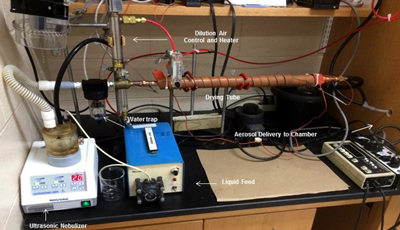
System used to aerosolize slurries of, e.g., Diesel particles or metal oxide nanoparticles (SiO2, TiO2, CeO2).
Dry Particle Dispersions
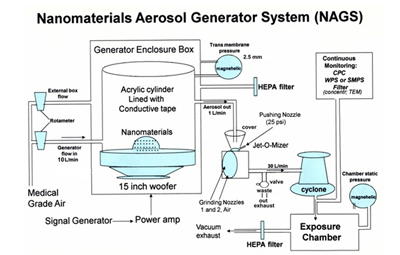
System used to aerosolize and de-agglomerate dry powders (Carbon nanotubes, novel nanomaterials).
Freshly-generated Nanoscale/Ultrafine Particle Aerosols
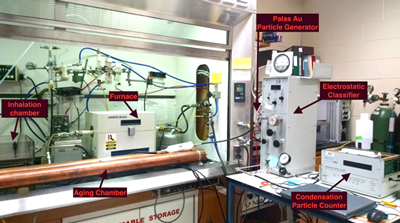
Spark discharge system for the generation of dry metal/metal oxide and graphite aerosols. Examples: Gold, Silver, Titanium Dioxide, Zinc Oxide, Manganese Oxide, Carbon.
Ambient Ultrafine Particle Concentrator
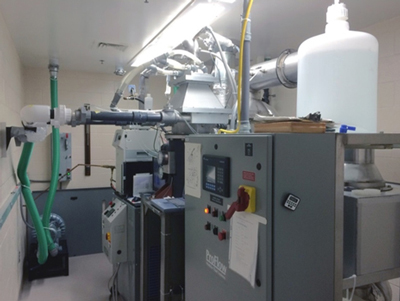
Harvard Ultrafine Concentrated Ambient Particles (HUCAPS) system. Example: ~x10 Concentrated Ultrafine Outdoor Air Particles (<200nm in size)
Exposure Monitoring
Particle Count-Based Measurements
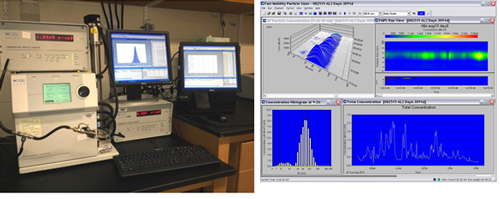
Particle concentration and size distribution in the number regime.
Particle Mass-Based Measurements
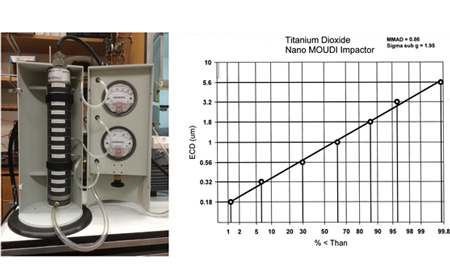
Particle (concentration and) size distribution in the mass regime.
We also partner with the Center for Inhalation and Flavoring Toxicological Research (CIFT) to offer exposures to conventional cigarette aerosols, electronic cigarette and flavoring aerosols, and biomass smoke aerosols. More information about the available resources.